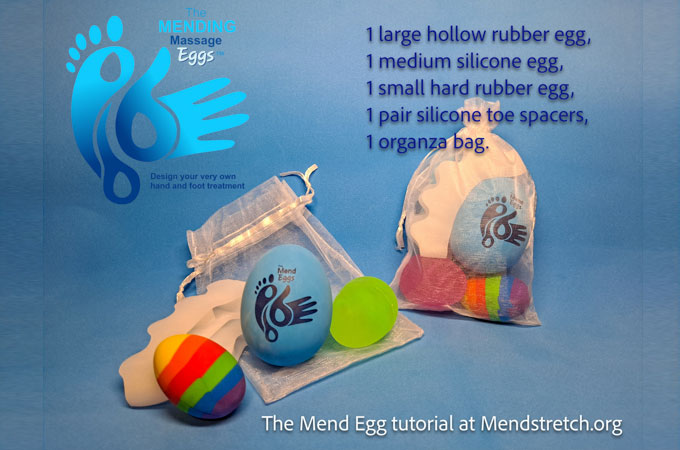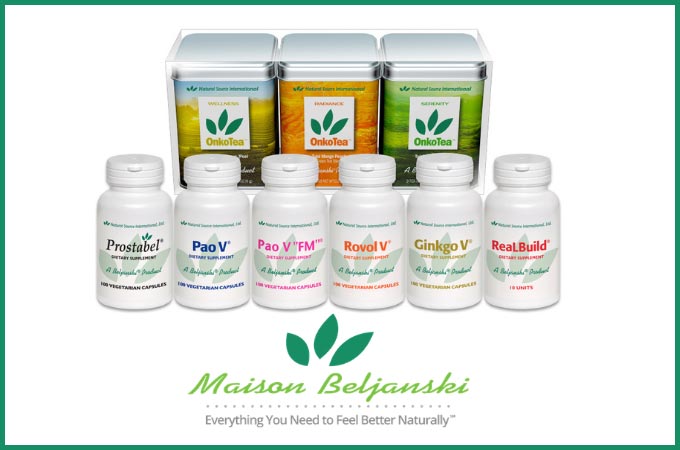This Is Your Brain on Toxins
“Lead helps to guard your health.”
That was the marketing line that the former National Lead Company used decades ago to sell lead-based household paints. Yet we now know that lead was poisoning millions of children and permanently damaging their brains. Tens of thousands of children died, and countless millions were left mentally impaired.
One boy, Sam, born in Milwaukee in 1990, “thrived as a baby,” according to his medical record. But then, as a toddler, he began to chew on lead paint or suck on fingers with lead dust, and his blood showed soaring lead levels.
Sam’s family moved homes, but it was no use. At age 3, he was hospitalized for five days because of lead poisoning, and in kindergarten his teachers noticed that he had speech problems. He struggled through school, and doctors concluded that he had “permanent and irreversible” deficiencies in brain function.
Sam’s story appears in “Lead Wars,” a book by Gerald Markowitz and David Rosner published this year that chronicles the monstrous irresponsibility of companies in the lead industry over the course of the 20th century. Eventually, over industry protests, came regulation and the removal of lead from gasoline. As a result, lead levels of American children have declined 90 percent in the last few decades, and scholars have estimated that, as a result, children’s I.Q.’s on average have risen at least two points and perhaps more than four.
So what are the lessons from the human catastrophe of lead poisoning over so many decades? To me, today’s version of the lead industry is the chemical industry — companies like Exxon Mobil, DuPont, BASF and Dow Chemical — over the years churning out endocrine-disruptor chemicals that mimic the body’s hormones. Endocrine disruptors are found in everything from plastics to pesticides, toys to cosmetics, and there are growing concerns about their safety.
Click here to continue reading about guarding your family from hazardous toxins
























